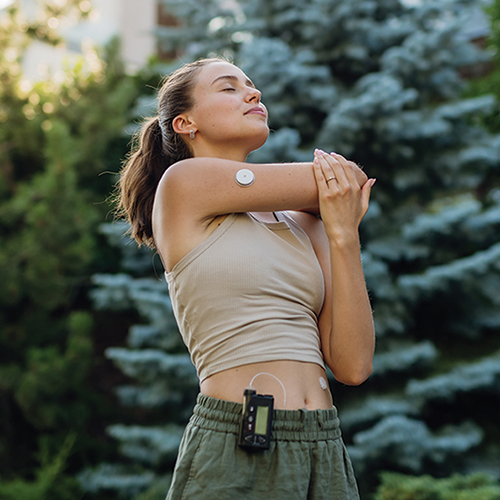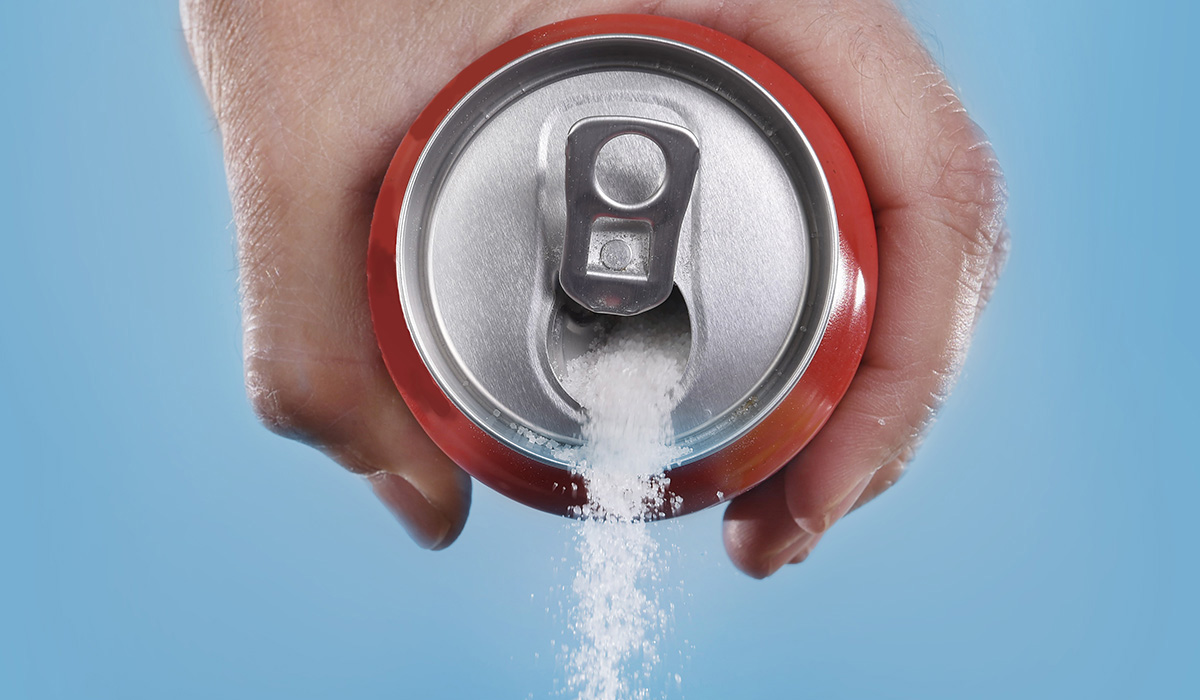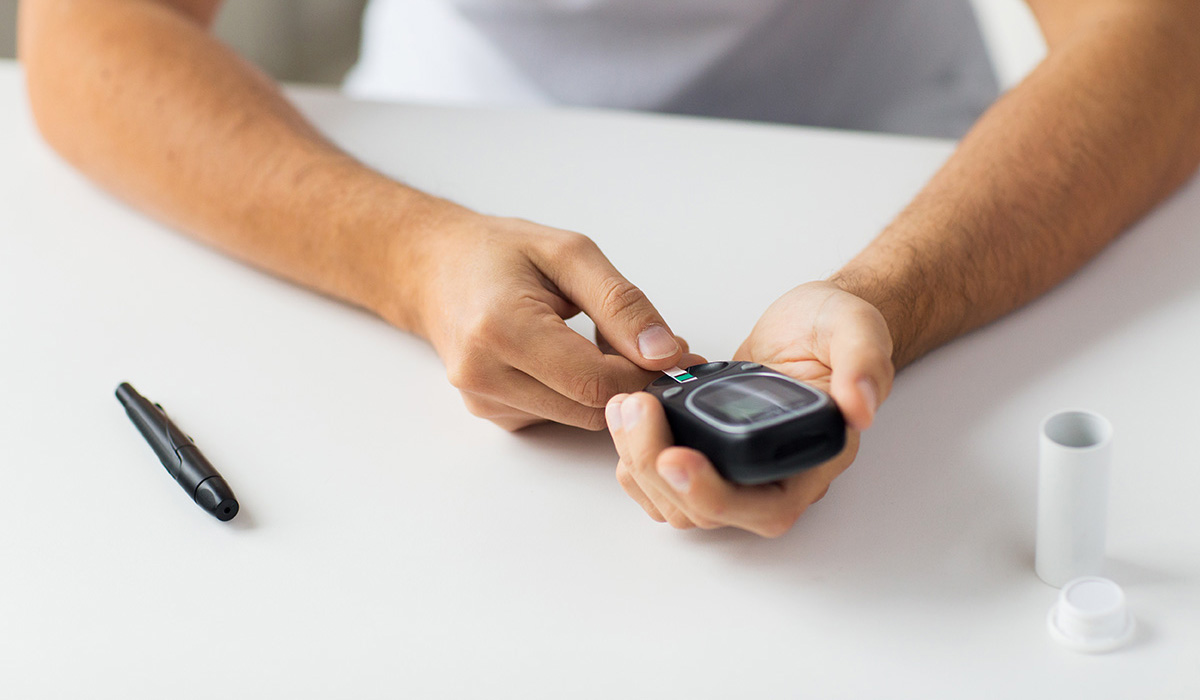November 2022
According to the Centers for Disease Control and Prevention (CDC), more than 37 million Americans are living with diabetes. With diabetes, your body stops making — or becomes resistant to — insulin, the hormone the body needs to effectively use glucose.
In people with diabetes, glucose builds up in the blood. Over time, this can lead to a variety of medical problems, including cardiovascular disease, neuropathy, and blindness.
Because diabetes is so common, doctors regularly screen patients for Type 1, Type 2, or gestational diabetes. This screening typically happens during your annual physical. But your doctor may also order testing if you complain of fatigue, extreme thirst, or abrupt weight changes. Obstetricians also screen pregnant women for gestational diabetes during
their second trimester.
There are several tests that can help doctors screen for Type 1 and Type 2 diabetes.
Random blood glucose test
Doctors typically order this test as part of the routine blood panel that assesses your blood counts, vitamin levels, and cholesterol. A random blood glucose test measures the amount of glucose circulating in your blood. A normal reading, even after eating, is usually less than 125 milligrams per deciliter (mg/dL). If your reading is 200 mg/dL or higher, it may indicate that you have diabetes.
Fasting blood glucose test
If you are over the age of 45, have a family history of diabetes, or have a random blood glucose test reading that’s 200 mg/dL or higher, your doctor may order a fasting blood glucose test. This test is just like the random blood glucose test except that you need to fast for 10-12 hours before the test. Your fasting blood sugar should be 99 mg/dL or lower. If your blood glucose level is in the 100-125 mg/dL range, you may have prediabetes. This means that your body is starting to become resistant to insulin but hasn’t progressed to full-blown diabetes yet. A number higher than 125 mg/dL puts you in the diabetic range.
Hemoglobin A1C (HBA1C) blood test
Random and fasting blood glucose tests only give you a blood glucose reading at a single point in time. That’s why doctors also routinely order the HBA1C test. This test shows the average amount of glucose that was bound to hemoglobin (a protein found inside red blood cells) over the previous three months. The results come in percentages. A reading of 5.6% or less means you are healthy. The prediabetes range is between 5.7% and 6.4%. If your results are 6.5% or higher, you likely have diabetes.
You can also buy an at-home HBA1C test at your local pharmacy. You collect a few drops of blood by pricking your finger and then mail the blood to a lab. You’ll get the results within a few days.
Glucose challenge test
According to the American Diabetes Association, nearly 10% of women develop gestational diabetes, a type of insulin resistance, during pregnancy. The diabetes screening for pregnant women involves drinking a beverage containing 75 grams of glucose (more than three times the amount of glucose you’d find in a can of soda). One hour later, your doctor will test your blood glucose level. If it’s 140 mg/dL or higher, there may be an issue.
Glucose tolerance test
If your glucose challenge test results in a reading of 140 mg/dL or higher, your doctor will likely order a glucose tolerance test. This test is similar to the glucose challenge test, except that you’ll need to fast overnight and then drink a 100-gram glucose drink. Your blood glucose level is measured before you have the beverage — and then one hour, two hours, and, sometimes, three hours after you finish it. Healthy people have readings under 180 mg/dL after one hour, under 155 mg/dL after two hours, and under 140 mg/dL after three hours.
If any of these tests shows you are in the diabetic range, your doctor may order additional tests to better determine whether you have Type 1 or Type 2 diabetes. It is also likely that your physician will ask you to repeat one or more of the tests to confirm the diagnosis.
If you do have diabetes, your doctor will continue to order regular blood glucose and HBA1C tests. These tests help your doctor better monitor your health and ensure that your treatment plan is working.



